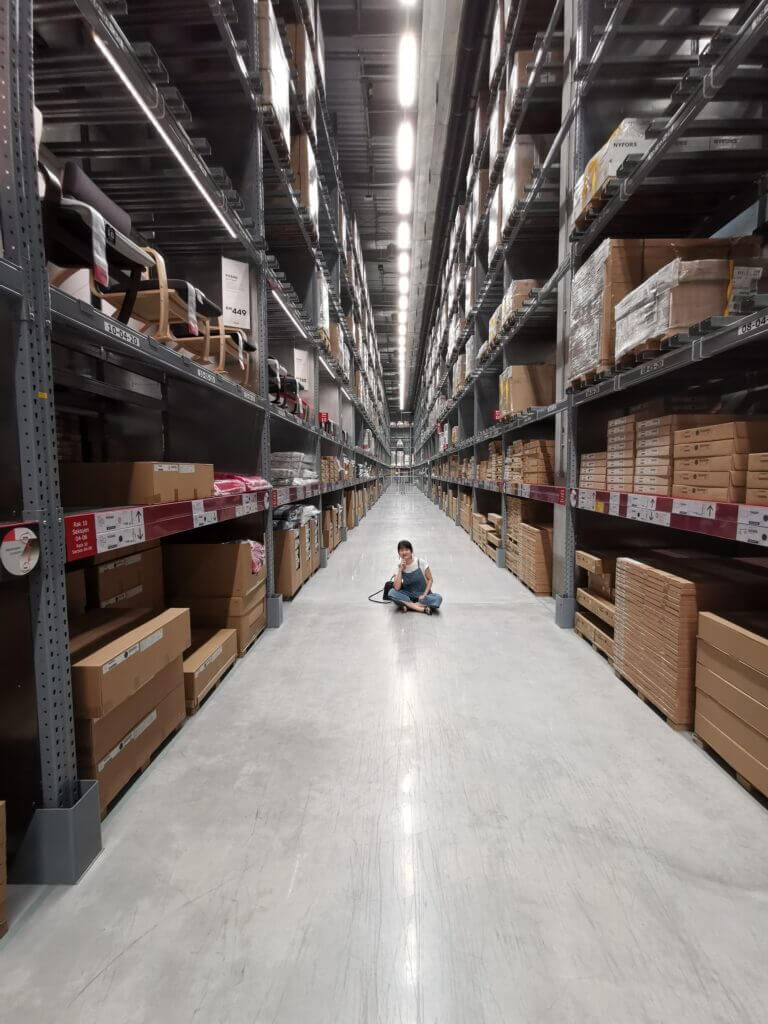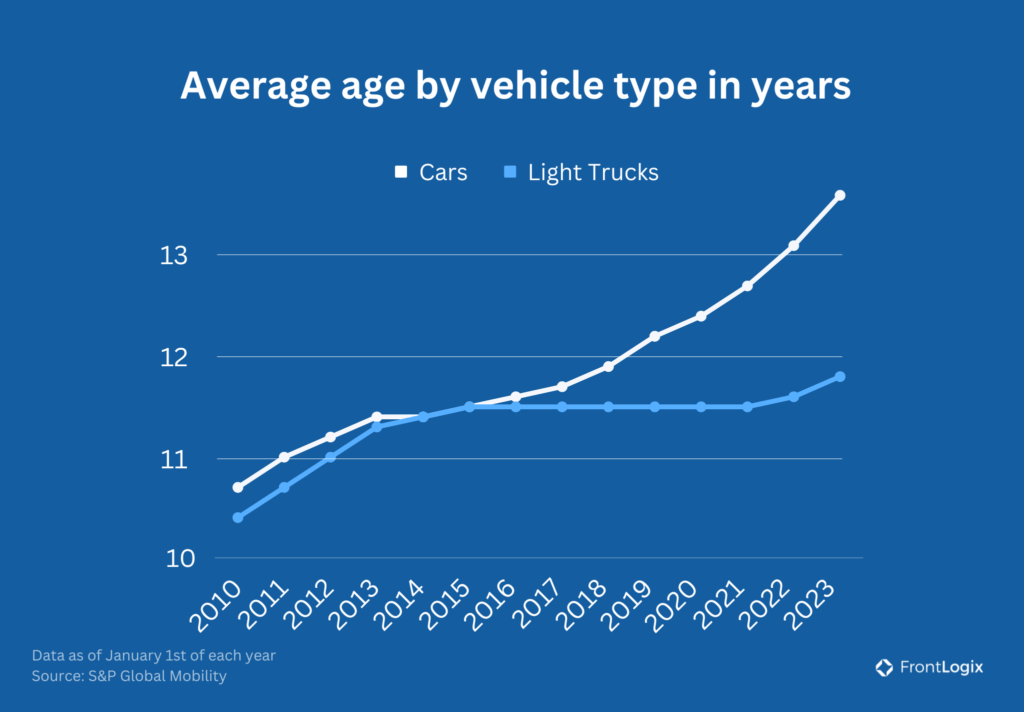Artificial Intelligence in E-commerce CX: Key Considerations for Retail Decision-Makers
E-commerce cx is rapidly evolving in the post-COVID retail landscape, with Artificial Intelligence (AI) playing a transformative role. Gone are the days when AI was limited to mere automation and rigid prediction models. Today, AI is more of a virtual shopping assistant that can recognize and predict one’s shopping desires.
With consumers’ increasing demand for personalized experiences in e-commerce cx, the numbers are telling. Studies show that a great majority of customers, approximately 80%, are more inclined to buy from businesses that provide personalized experiences.
But, is AI all good?
Although it is true that AI enables personalized experiences in e-commerce cx, it also raises valid concerns about data privacy, cybersecurity threats, and algorithmic bias. On top of all that, implementing a top-tier AI engine is quite pricey.
Artificial Intelligence in E-commerce CX: the positives
AI Personalization Engine: Enhancing Customer Engagement
These AI engines analyze historical browsing and purchasing data and then use these insights to perform functions that may seem almost intuitive. They suggest you similar items according to your search history, previous shopping items, and a pair of jeans that would go well with that t-shirt you just bought.

By suggesting products that match users’ interests and providing personalized offers and discounts, the e-commerce cx process has become much faster, more efficient, and more enjoyable. Additionally, AI engines also serve as skilled upsellers, increasing the chances of purchasing additional items.
It’s clear that AI is not only about automating the shopping process; it’s about creating an experience that’s tailored to each shopper. People are 40% more likely to spend more than planned when they identify the shopping experience to be highly personalized, according to ThinkWith Google consumer insights.

AI for Inventory Management
AI has also done wonders for the retail industry by improving stock management and streamlining supply chains.
It can accurately predict demand and make sure that there is the right amount of inventory available. By keeping track of inventory levels and avoiding overstocking, businesses minimize waste and become more agile in the marketplace.
Also, using AI to automate restocking can free up employees’ time to concentrate on other tasks.
Fraud Detection and Security Measures
An IBM study reveals that in 2023, the worldwide average expense for a data breach reached USD 4.45 million, marking a 15% rise in comparison to the previous three years.
This is where AI technologies, such as machine learning (ML) algorithms, can help strengthen e-commerce cx. Fraud management systems powered by AI can flag abnormal patterns and identify potential fraudsters, including payment fraud, identity theft, and phishing attempts. These AI solutions can also integrate with other security measures, such as identity checks and biometric authentication. The same study reveals that organizations that extensively utilize security AI and automation experience an average savings of USD 1.76 million in comparison to those that do not
What’s more – AI systems are never stagnant – they evolve and improve by picking up on the latest fraud trends.
Artificial Intelligence for Personalized E-commerce Experiences: the negatives
AI has definitely proved to be a game-changer in the world of e-commerce. However, there are potential downsides that come with it.
Concerns about the Collection of Personalized Data
In order to recommend you those jeans that match your recently purchased t-shirt, AI needs to be fed a lot of data such as purchase history, browsing behavior, and personal preferences.
And while this data helps create personalized experiences, it can also lead to concerns about:

- Consent: Did users explicitly agree to have their data collected and used in this manner?
- Transparency: Do users understand what data is being collected and how it’s being used?
- Control: Can users access, correct, or delete their data?
2. Cybersecurity Risks
To personalize shoppers’ experience in e-commerce cx, AI systems must collect personal information and then store and process it. As technology advances, we’re seeing more complicated AI systems being developed for e-commerce cx, but even so, these systems are not immune to cyberattacks. If an AI system is hacked, it could lead to the theft of sensitive information, cyberattacks on other systems, or even the disruption of critical infrastructure
3. High Implementation Costs
And, last but not least, here is the good ol’ cost. The development, integration, and maintenance of AI systems can be quite expensive. Small and medium-sized enterprises may find it challenging to leverage AI due to these financial barriers.

STRATEGY GUIDE
6 Simple Strategies To Improve Customer Retention
Actionable insights and proven techniques to keep your customers coming back.

Future Prospects of AI in E-commerce
When we look to the future, it’s clear that AI will play a significant role in the e-commerce industry. The possibilities are endless, and we can expect continuous advancements that will improve efficiency, personalization, and customer satisfaction. As we move forward, we may see even more advanced recommendation engines, personalized virtual shopping assistants, and integration with IoT devices.
By embracing these innovations in e-commerce cx, retail decision-makers align with the evolving demands and expectations of modern consumers, setting the stage for personalized, efficient, and secure online shopping experiences that could define the future of retail.
FrontLogix stands at the forefront of revolutionizing Customer Experience (CX), expertly blending cutting-edge technology with personalized human support. Reach out to explore how we can redefine your CX journey.

Found this useful?
Subscribe to our newsletter and get CX and WFM news delivered to your inbox.
Don’t worry, we won’t flood your inbox – just one insightful email a month!





























